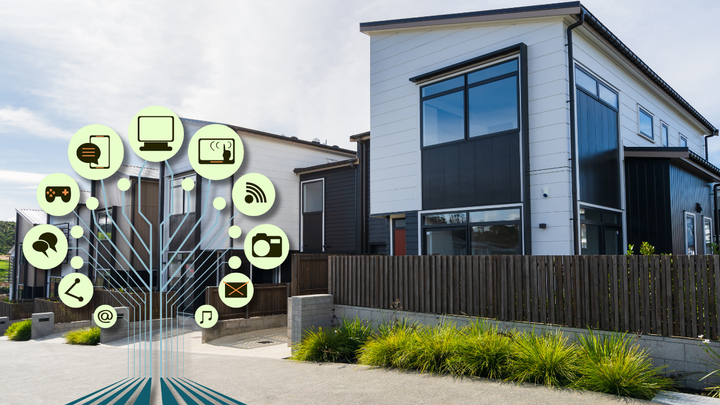How to Incorporate Virtual Reality into Property Marketing Strategies: A Proptech Perspective
The real estate industry is undergoing a remarkable transformation, thanks to rapid technological advancements. VR allows property developers, agents, and prospective buyers to connect with listings like never before.
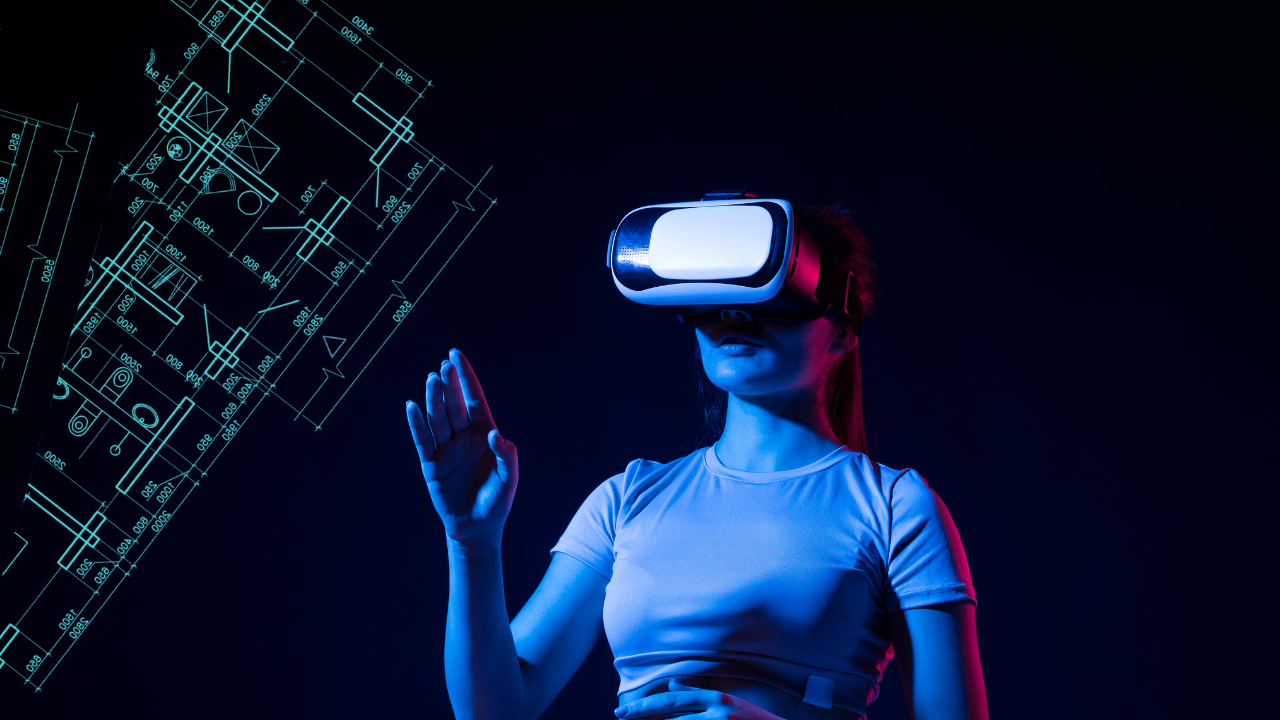
The real estate industry is undergoing a remarkable transformation, thanks to rapid technological advancements.
One of the most groundbreaking developments is virtual reality (VR), a powerful tool that's reshaping property marketing strategies. In today's digital world, VR allows property developers, agents, and prospective buyers to connect with listings like never before.
This blog post delves into effective ways to integrate VR into your property marketing strategy, all from a proptech perspective.
Understanding Virtual Reality in Real Estate
Virtual reality is a technology that creates a computer-generated simulation of a three-dimensional environment. This immersive experience can be explored using special devices, such as VR headsets. In real estate, VR lets potential buyers view properties without ever stepping foot on-site.
For example, a VR tour can allow a buyer in New York to explore a property in Los Angeles. This not only saves time but can also increase the pool of interested buyers from 20% to over 60%. With VR, buyers can understand layouts, room sizes, and spatial flow better than through traditional photographs or videos. This shift demands that agents rethink their marketing strategies to make listings more compelling and accessible.
Implementing VR Tours: Step-by-Step Guide
1. Choose the Right VR Technology
Selecting the appropriate VR technology is crucial. The market offers various options, from high-end solutions requiring specialized equipment to user-friendly platforms compatible with smartphones.
When choosing, consider these factors:
- Compatibility: Select a VR solution that works seamlessly with devices your audience uses, such as smartphones or PCs.
- Quality of output: High-resolution visuals and smooth navigation contribute significantly to the user experience. A recent survey found that 83% of real estate agents believe quality visuals lead to better engagement.
- Ease of use: Ensure that the platform is user-friendly for both agents and buyers to encourage more interaction.
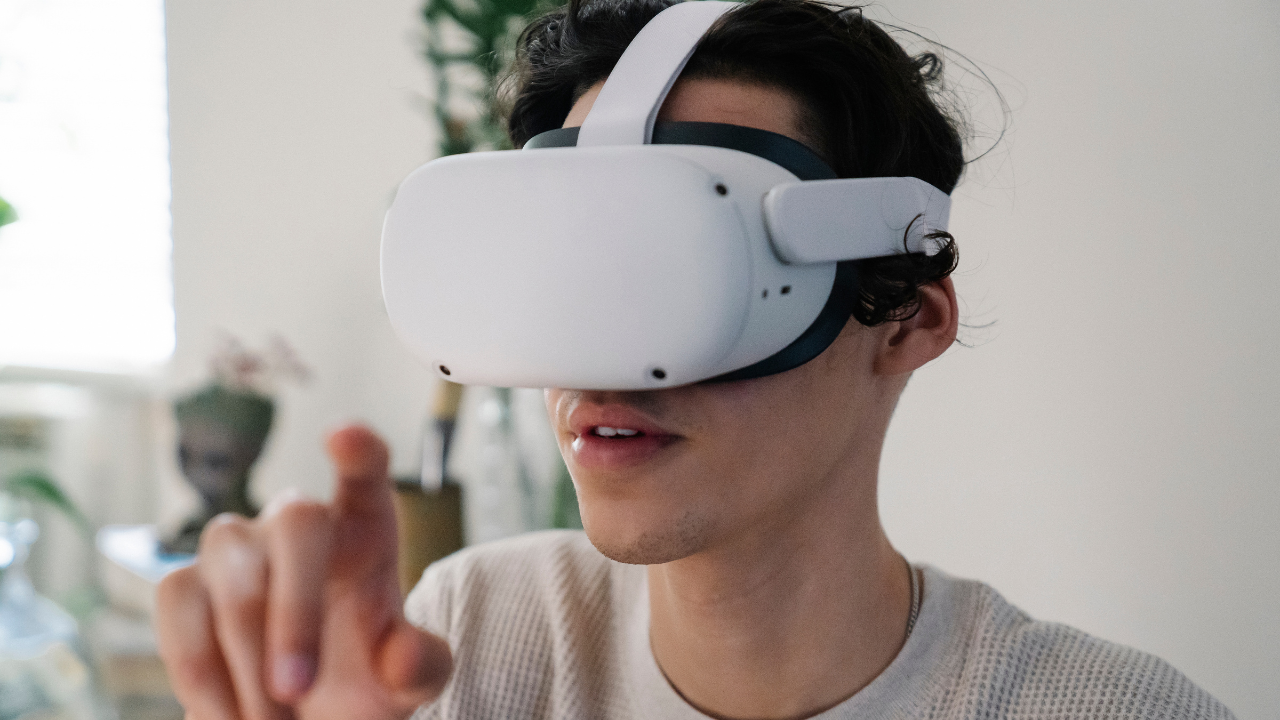
2. Create an Engaging Virtual Tour
With your technology selected, it's time to develop an engaging virtual tour. This typically involves capturing high-quality images and videos using a 360-degree camera.
Here are some tips for crafting an effective virtual tour:
- Highlight unique features: Focus on standout characteristics, such as a stunning kitchen, spacious living areas, or unique architectural elements. For instance, a home with a chef's kitchen can attract culinary enthusiasts.
- Provide context: Offer detailed descriptions within the VR tour to inform users about the home's notable features. For example, describe how the layout promotes natural light.
- Keep it navigable: Make the experience user-friendly by allowing buyers to explore at their own pace, increasing their comfort level and interest.
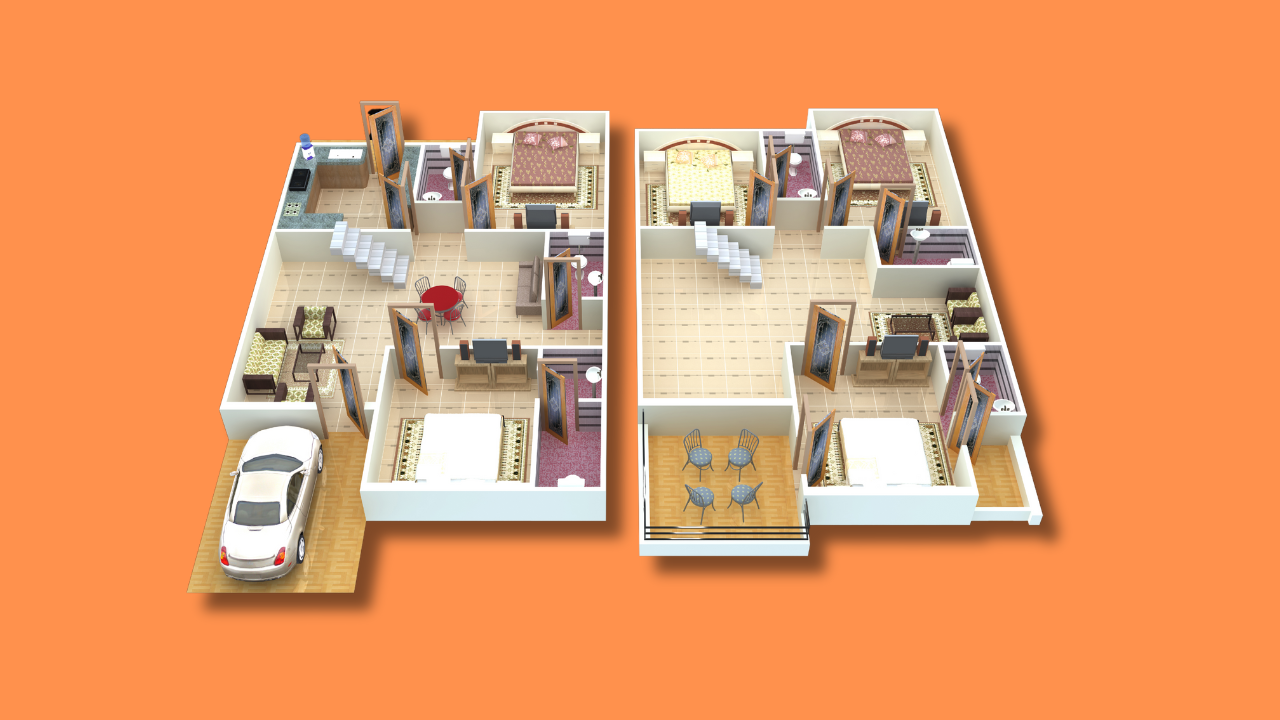
3. Integrate Additional Technologies
Enhancing the VR experience can significantly bolster your marketing efforts. Consider the following technologies:
- Augmented reality (AR): This can overlay supplementary information onto the real world. For example, potential buyers can see how furniture fits into a space through their phones, which can be a game-changer for many.
- Virtual staging: Using software to digitally furnish empty homes saves money compared to traditional staging, with studies showing that staged homes can sell 73% faster.
- Interactive elements: Adding clickable information within the virtual tour, such as details about appliances or nearby schools, enhances engagement.
4. Promote VR Tours Effectively
Once your virtual tour is ready, it's time for promotion to attract potential buyers. Here are some strategies:
- Leverage your website: Make the VR tour easy to find on property listings to engage visitors immediately.
- Email marketing campaigns: Include the VR tour in your newsletters to reach past clients and new leads effectively.
- Local outreach: Team up with local businesses or participate in community events to showcase the VR tour, thereby connecting with potential buyers face-to-face.
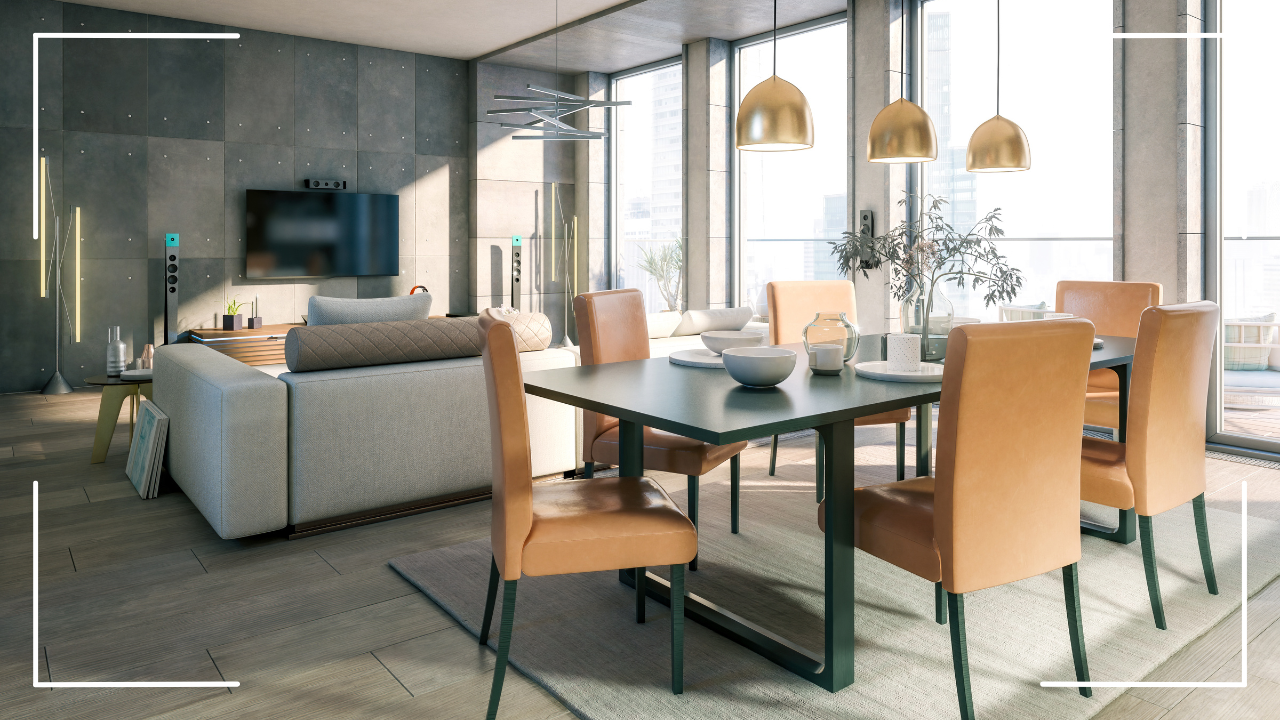
The Benefits of Virtual Reality in Property Marketing
Using virtual reality in property marketing has several key advantages:
Enhanced Buyer Engagement
VR captivates users in a way that traditional media cannot. The immersive experience helps buyers feel more connected to the property, increasing the likelihood of interest. Reports indicate that listings with 3D tours can retain viewer attention for up to 60% longer than those without.
Increased Accessibility
Virtual tours eliminate geographical barriers, ensuring that buyers can explore properties from anywhere. This proves invaluable for remote buyers, widening your audience and reducing the need for in-person showings.
Streamlined Sales Process
VR can accelerate the sales process because it allows buyers to evaluate properties more efficiently. By narrowing down their options based on the virtual experience, buyers can schedule physical visits only for their top choices, saving time for both agents and clients.
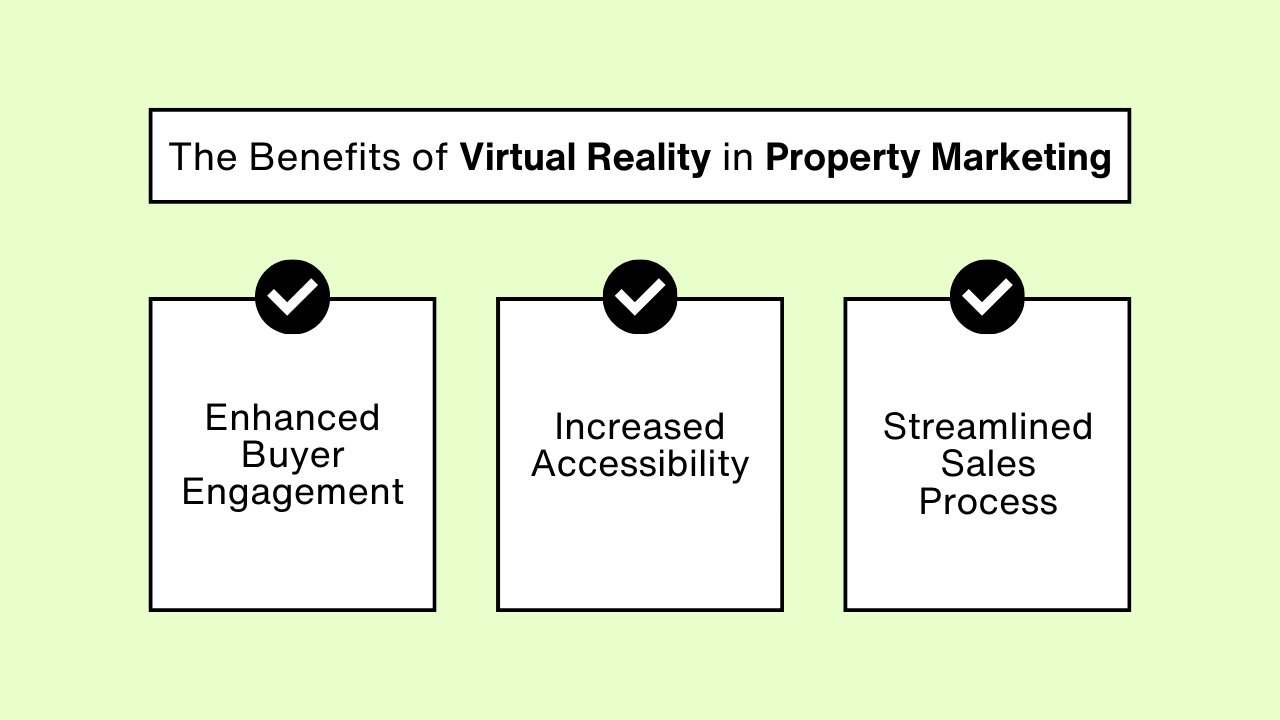
Challenges and Considerations
While integrating virtual reality offers numerous benefits, it also presents some challenges to consider:
Technical Limitations
VR technology requires a considerable level of technical skill, both for creating high-quality content and addressing technical issues. Agents may need training or to allocate resources to become proficient in their use.
Costs of Implementation
High-quality VR technology can be costly. However, evaluating it as an investment is crucial, as studies show that properties marketed with VR can see lead generation rates increase by over 30%.
Updating Content
As properties undergo updates or renovations, it is essential to keep virtual tours accurate and current. Dedicate resources to regularly refresh the content, ensuring it reliably represents the property being marketed.
Final Thoughts
The emergence of virtual reality in property marketing signifies a significant shift in how real estate is showcased and experienced. By effectively implementing VR technologies, real estate professionals can provide prospective buyers with a unique, engaging, and informative way to interact with listings.
While challenges exist, the benefits of better engagement, increased accessibility, and streamlined processes make a compelling case for including VR in your marketing toolkit. As proptech continues to evolve, staying ahead by integrating innovative technologies will be vital for success in a competitive market.
Adopting virtual reality not only has the potential to elevate your property marketing strategies but also to transform the future of real estate transactions. As more professionals embrace this technology, the landscape of property buying will continue to become increasingly dynamic and exciting.
